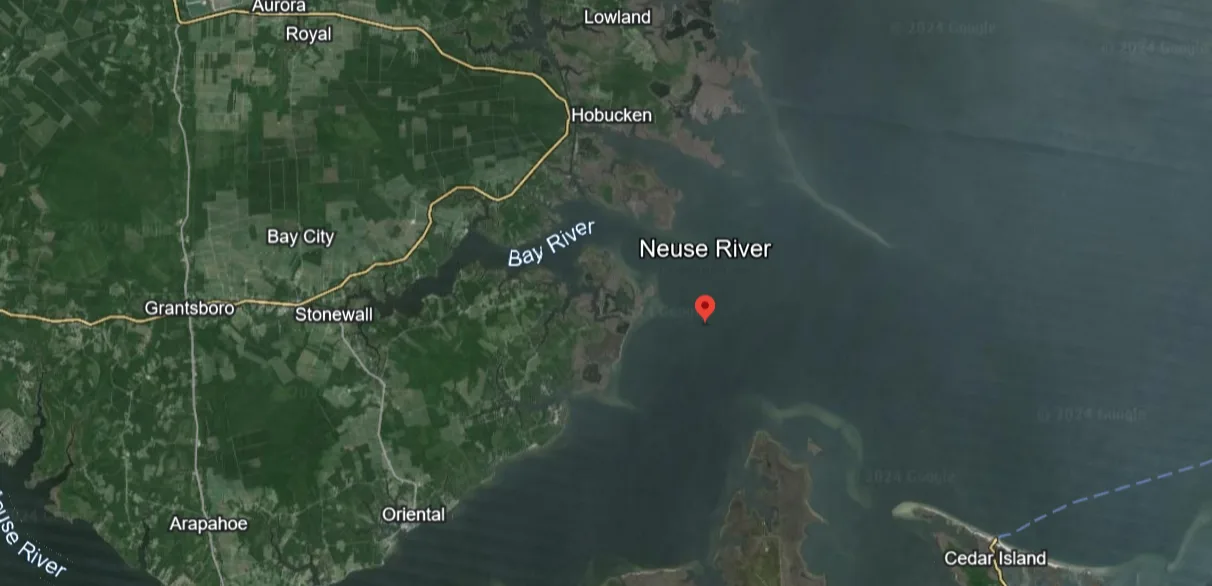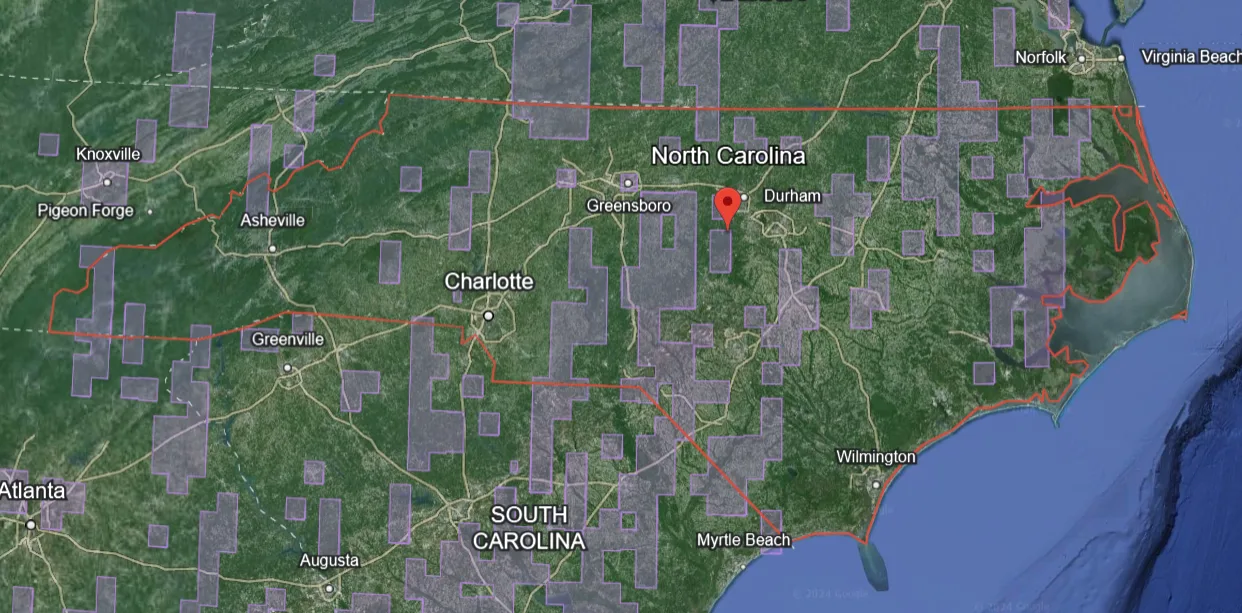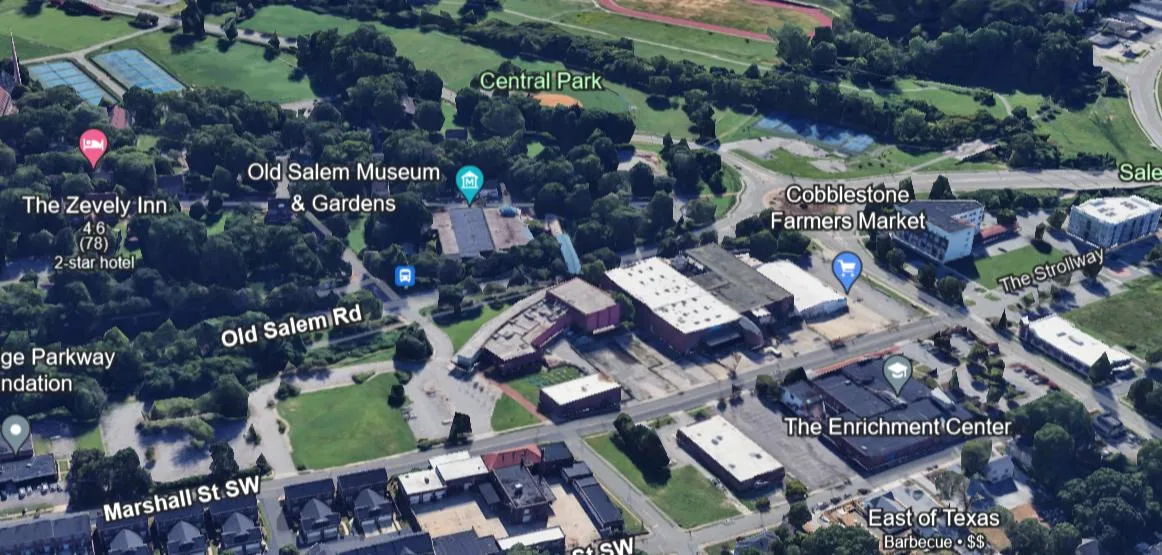Venturing into the diverse landscapes of North Carolina? You’re on the right track! A North Carolina map is your ultimate guide. It’s not just about roads and directions, it’s a rich tapestry of history, culture, and natural beauty.
From the stunning Blue Ridge Mountains to the vibrant cityscapes, North Carolina’s map is as varied as its terrain. It’s a tool that’ll help you navigate and explore this breathtaking state. Whether you’re a history buff, an outdoor enthusiast, or a foodie, there’s something for everyone.
So, ready to delve deeper? Let’s unlock the secrets of the North Carolina map. Get ready to embark on a journey of discovery, experiencing the charm and allure of this southern gem.
History of North Carolina Map
Did you know that the rich story of North Carolina’s map starts way back in the 16th century? The first ever recorded attempt to document the region was by the explorers of the Roanoke Colony in 1585.
Think about it. That’s over four centuries ago! Long before the birth of modern cartography. Back then the explorers unveiled a map with vibrant colors depicting the barrier islands along with some parts of the mainland.
Though it’s remarkable considering the times, it had intricate flaws – depicting an unfamiliar and shadowy mainland.
In the late 17th century, a new era of cartography swept in. It’s when the infamous ”Moseley map” surfaced. This said map, drawn by Edward Moseley in 1733, was the first accurate representation of North Carolina’s geography.
Moseley’s map included enhanced detailing of rivers, harbors, and other geographical components. It’s even in the National Archives!
Come the 20th century, the reliance on technology for map-making saw an upswing. Satellites, GIS, and GPS entered the scene, revamping how we see North Carolina’s map.
Today’s NC State maps peg to the perfect blend of accuracy and aesthetics. You can find incredible detail – from geographical coordinates to hidden trails – right at your fingertips.
Each era witnessed changes in North Carolina’s map – each one more refined and accurate than the last. The maps stand as a testament to the state’s growth, evolution, and the progress of mapping technology. As the journey continues, who knows what the NC State maps of the future will hold?
Geographic Features on the Map
As you delve deeper into the world of North Carolina maps, you’ll truly appreciate the beauty of the state’s diverse geographic features. Each era’s progression in mapping technology has taken into account these features – from imposing mountains to sprawling plains, extensive coastlines to vast lakes.
Eastern Plains and Atlantic Coast: Take a close look and you’ll notice Eastern North Carolina mainly consists of plains. But, it isn’t just that simple. The region is sprinkled with growing cities, lush farmland, and notable rivers such as the Neuse and Tar.

It’s also home to Outer Banks, a unique string of sandy islands stretching across the state, a real test for cartographers, but a must-have detail on every modern map.
Piedmont Region: Next comes the Piedmont, a plateau region situated between the coastal plains and mountain ranges. It’s known for its rolling hills, with elevations ranging from 300 to 400 feet.
Major cities like Raleigh, Charlotte, and Greensboro, along with their intricate network of highways and thoroughfares, have been meticulously marked on the maps, showcasing urban development.
Mountain Ranges: Last but not least, the maps of North Carolina wouldn’t be complete without detailing the Appalachian Mountains in the west. This region is abundant with high peaks, deep valleys, and dense forests – each peak, and each valley is carefully plotted.
The highest point, Mount Mitchell, taking the limelight with an elevation of 6684 feet, stands out prominently.
Modern-day cartography has managed to capture North Carolina’s diverse topography with stunning accuracy. The constant enhancements in technology and relentless pursuit of precision have paved the way for these masterpieces.
Cities and Urban Areas

As you journey through the North Carolina map, you’re sure to notice the dots specifying the bustling urban centers that stand as beacons of progress. These distinctive cities, each with its own charm and character, add a layer of complexity to the diverse topography of North Carolina.
The sprawling urbanization of the Piedmont region is home to the thriving capital city of Raleigh. Known as the “City of Oaks”, Raleigh balances efficient city life with sprawling parks and extensive recreational areas, making it one of the southeast’s major hubs for commerce, industry, and technology.
In the southwestern part of the Piedmont region, you will find Charlotte, North Carolina’s largest city. With a skyline marked by towering skyscrapers, Charlotte is renowned as a financial juggernaut, hosting the headquarters for several Fortune 500 companies.
Turning your gaze eastward, Greensboro captures one’s attention. Positioned in the heartland of North Carolina, Greensboro embraces its southern charm while fostering an evolving art scene and leading in sectors such as aerospace and advanced manufacturing.
Beyond these urban landscapes, Wilmington, nestled against the Atlantic coast, paints a picture of a coastal city living amid picturesque beaches and a vibrant port industry. Meanwhile, in the heart of the Appalachian Mountains, Asheville approaches city life with a love for outdoor adventure, brewing, and artistic flair.
These exceptional cities showcase North Carolina’s unique blend of innovation, culture, and landscape. As you unveil the rest of North Carolina’s terrain hidden in the map, remember that understanding the region’s urban areas will offer a fuller picture of the state’s geographic makeup.
Natural Attractions to Explore
While the cities of the Tar Heel State may be the crown jewels, they’re not the only reason to plot a course on your North Carolina map. Unveil picturesque terrains, spectacular falls, and unique natural magnificence. Let’s delve into the state’s wild side!
Great Smoky Mountains National Park, straddling the border between North Carolina and Tennessee, is the country’s most visited national park. You’ll find ancient mountains, diverse plant and animal life, and remnants of Southern Appalachian mountain culture.
Engulfed by the Pisgah National Forest, Linville Gorge and Falls offers an unforgettable experience. It’s often referred to as the “Grand Canyon of the East.” Wrap yourself in the wilderness with 360-degree views spanning rugged rock formations, forested slopes, and the thunderous Linville Falls.
The Outer Banks, a 200-mile stretch of barrier islands, gives you sandy beaches and wild horses. Inviting you to take a step back in time, experience the mystery of the Lost Colony of Roanoke, or feel the adrenaline rush at Kitty Hawk, where the Wright Brothers first took flight.
Hanging Rock State Park showcases an array of plant and animal life. Distinct geology leads to stunning vistas atop the park’s notable quartzite cliffs. Here, among the waterfalls and endemic wildlife, you’ll feel absorbed by Mother Nature.
You thought North Carolina was all about the cities. Now, you know the true gems of the state might just be its precious landscapes. So grab that North Carolina map, plot your journey, and allow the state’s natural beauty to surprise you at every turn.
Cultural Highlights to Visit
Moving beyond the natural beauty, North Carolina boasts a variety of cultural landmarks that tell intriguing tales of the state’s history and heritage. It’s where Native American, European, and African cultures met and intertwined forming their distinct identity.
| Destination | Description |
|---|---|
| Biltmore Estate, Asheville | Built by George Vanderbilt in the late 19th century, the Biltmore Estate is the largest privately owned home in the US. It offers a glimpse into the lifestyle of the elite during that era. The estate features a 250-room chateau with art and antique furniture, as well as a winery, outdoor trails, and lush gardens by Frederick Law Olmsted. |
| Old Salem Museums & Gardens, Winston-Salem | Old Salem Museums & Gardens provides an immersive experience of 18th-century Moravian settlement life. Located in Winston-Salem, it offers cobblestone streets and restored Moravian buildings, providing visitors with a living history experience not found in textbooks. |
| International Civil Rights Center & Museum, Greensboro | Situated in the former Woolworth building in Greensboro, this museum commemorates the 1960 sit-in that played a significant role in the civil rights movement. It serves as a poignant reminder of the struggles and sacrifices made during that time. |
| Carl Sandburg Home National Historic Site | The Carl Sandburg Home National Historic Site, also known as Connemara, was the home of Pulitzer Prize-winning poet and author Carl Sandburg. Situated on a 264-acre estate, it offers visitors the opportunity to explore the surroundings where Sandburg wrote a significant portion of his works. |

FAQs
What are some of the cultural highlights of North Carolina?
North Carolina has a rich cultural heritage through iconic landmarks like the Biltmore Estate in Asheville, Old Salem Museums & Gardens in Winston-Salem, the International Civil Rights Center & Museum in Greensboro, and the Carl Sandburg Home National Historic Site.
What influence do Native American, European, and African cultures have on North Carolina’s identity?
These distinct cultural influences shaped North Carolina’s identity following their respective traditions, practices, and legacy, which can be observed in many of the state’s historical landmarks and traditions.
How does North Carolina offer immersive experiences in different historical periods?
Through its diverse historical landmarks, North Carolina offers immersive experiences into different historical periods, from opulent estates that depict the grandeur of its past to significant civil rights locations that narrate the struggles and victories of its people.
What makes North Carolina not just a natural haven but also a cultural treasure trove?
North Carolina’s natural beauty is expanded through its cultural landmarks, which house a unique blend of Native American, European, and African influences. These sites represent historical epochs, architectural shifts, and literary connections, deeming the state a cultural treasure trove.
Conclusion
- You’ve journeyed through North Carolina’s rich cultural tapestry, from its Native American roots to European and African influences.
- You’ve been introduced to iconic landmarks like the Biltmore Estate and the International Civil Rights Center & Museum, each offering a unique glimpse into the state’s history.
- You now know North Carolina isn’t just a feast for nature lovers, but also a treasure trove for culture enthusiasts.
- So, whether it’s the historic narratives or the architectural marvels, there’s always something waiting for you in this vibrant state.
- Let your North Carolina map guide you to these enriching experiences and discover the state’s unique identity. So, why wait? North Carolina’s cultural gems are ready to be explored.

